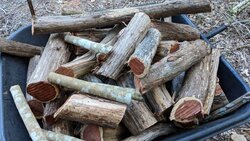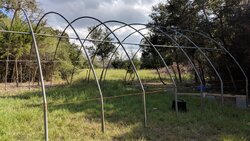What's the downside/consequence if this doesn't work out as suspected?
It doesn't sound like fire code is going to be followed, so what happens if the plywood catches on fire while you're 1/4 mile away?
It doesn't sound like fire code is going to be followed, so what happens if the plywood catches on fire while you're 1/4 mile away?



